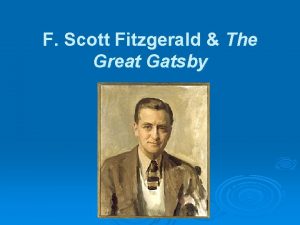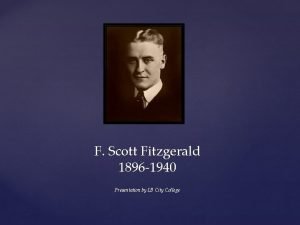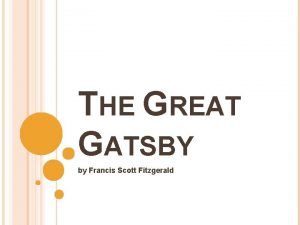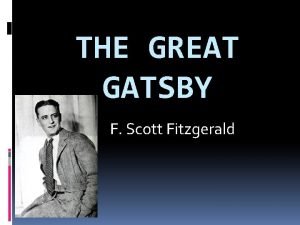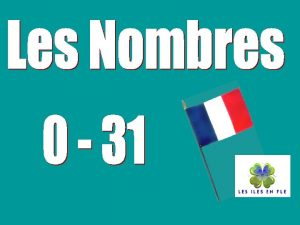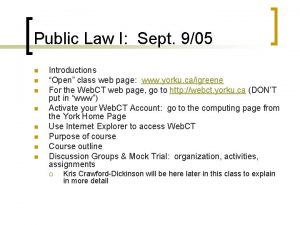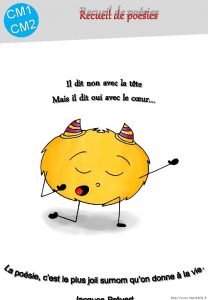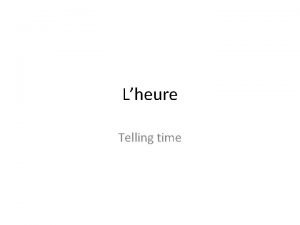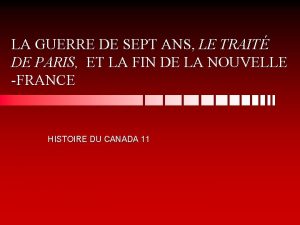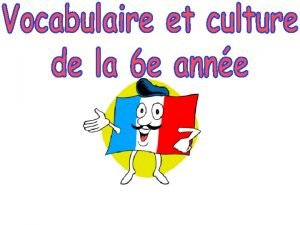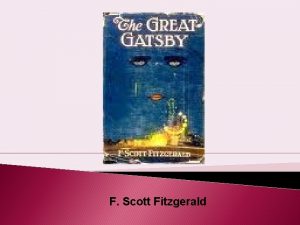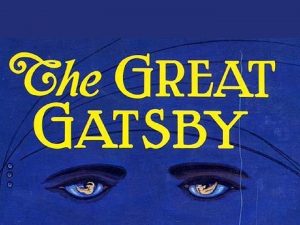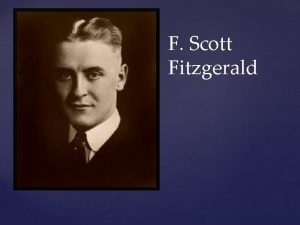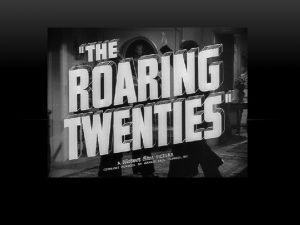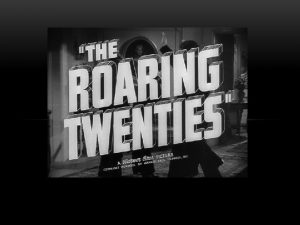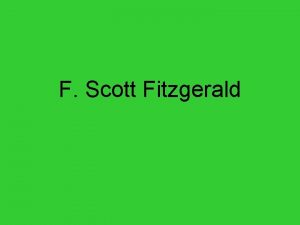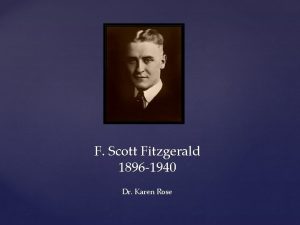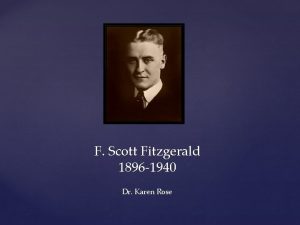F Scott Fitzgerald Sept 24 th 1896 Dec














- Slides: 14

F. Scott Fitzgerald • Sept. 24 th, 1896 -Dec. 21 st, 1940 • Wrote novels and short stories representative of the Jazz Age (1920 s) • Fell in love with the fabulous Zelda Sayre, who refused to marry him unless he could financially support her • Published This Side of Paradise in 1920, and married Zelda one month later. • Moved to France in 1924 and published The Great Gatsby in 1925 • Suffered bouts of depression, alcoholism, and writer’s block, and Zelda suffered from mental illnesses. Had frequent financial struggles due to medical bills and opulent lifestyle. Moved back to the U. S. in 1931 • Wrote screenplays and short stories until his death of a heart attack in 1940 • Most of his works never received much acclaim during his life

The Jazz Age • Prohibition was in effect • Dances such as the Charleston were popular • Popular sayings included 23 Skidoo, Bee’s Knees • Economy was in a “Boom”

The Flappers • Flappers were women who rebelled against the fashion and social norms of the early 1900’s. • They married at a later age and drank and smoked in public • Flappers were known for their carefree lifestyles.

Flapper Fashion • Flappers dressed in shapeless dresses that came to the knee. • Dresses were made to look “boy-like” • Gender bending was common. Women would try to make themselves look more man-like.

The Great Gatsby: “Show me a hero and I will write you a tragedy. ” • Published in 1925 and takes place in the 1920’s • Narrated by Nick Carraway, a middle class man telling the story of an excessively wealthy society on Long Island, NY, in 1922 • Jay Gatsby is the title character, the wealthiest of the group, who has been desperately in love with Daisy Buchanan, Nick’s married cousin, since he was a young man prior to WWI • The Great Gatsby is the story of Gatsby’s attempts to win Daisy Buchanan, and is a commentary about the excess and emptiness of the upper class of the 1920 s, human nature’s ceaseless desire to return to the past, the concept of idealization, and the decline of the American dream.

Characters of The Great Gatsby • Jay Gatsby- The self-made wealthy man who lives next door to Nick Carraway and loves Daisy Buchanan • Nick Carraway- the narrator, Daisy’s cousin, Gatsby’s neighbor • Daisy Buchanan- married to Tom, Gatsby’s love interest before the war, socialite

Characters in The Great Gatsby • Tom Buchanan- Daisy’s husband, has an affair with Myrtle • Myrtle Wilson- Tom’s woman in the city, married to George • George Wilson- owns the gas station • Jordan Baker- Daisy’s friend, professional golfer

Images… • West Egg- where Nick and Gatsby live, represents new money • East Egg- where Daisy lives, the more fashionable area, represents old money

Old Money Vs. New Money: • Someone who has achieved the American Dream • Not as respected in the 1920’s Old Money • Money from family wealth • Born rich • Not earned through work done by yourself • Respected above all in the 1920’s

Settings in The Great Gatsby • The City- New York City, where the characters escape to for work and play • The Valley of Ashes- between the City and West Egg, where Wilson’s gas station is

Images… • Kahn Estate


Major Symbols… • The Green Light at the end of Daisy’s dock • The eyes of Dr. T. J. Ekleburg • The Valley of Ashes

Major Concepts • • • The emptiness of wealth/the upper class Excess and moral corruption The decline of the American Dream The desire to revisit the past Idealization and disappointment Striving for something out of your reach
 Velký gatsby csfd
Velký gatsby csfd F scott fitzgerald fun facts
F scott fitzgerald fun facts Francis scott key fitzgerald biography
Francis scott key fitzgerald biography F scott fitzgerald grandchildren
F scott fitzgerald grandchildren The great gatsby
The great gatsby F scott fitzgerald timeline
F scott fitzgerald timeline Cnn 10 september 7th
Cnn 10 september 7th Un deux trois quatre cinq six sept huit neuf dix
Un deux trois quatre cinq six sept huit neuf dix I sept
I sept Poesie le dernier sapin de truchi
Poesie le dernier sapin de truchi Accu poole sept
Accu poole sept Sept heure moins le quart
Sept heure moins le quart La guerre de sept ans
La guerre de sept ans Sept comme setteur questionnaire
Sept comme setteur questionnaire Ecrivez les sept jours de la semaine
Ecrivez les sept jours de la semaine


